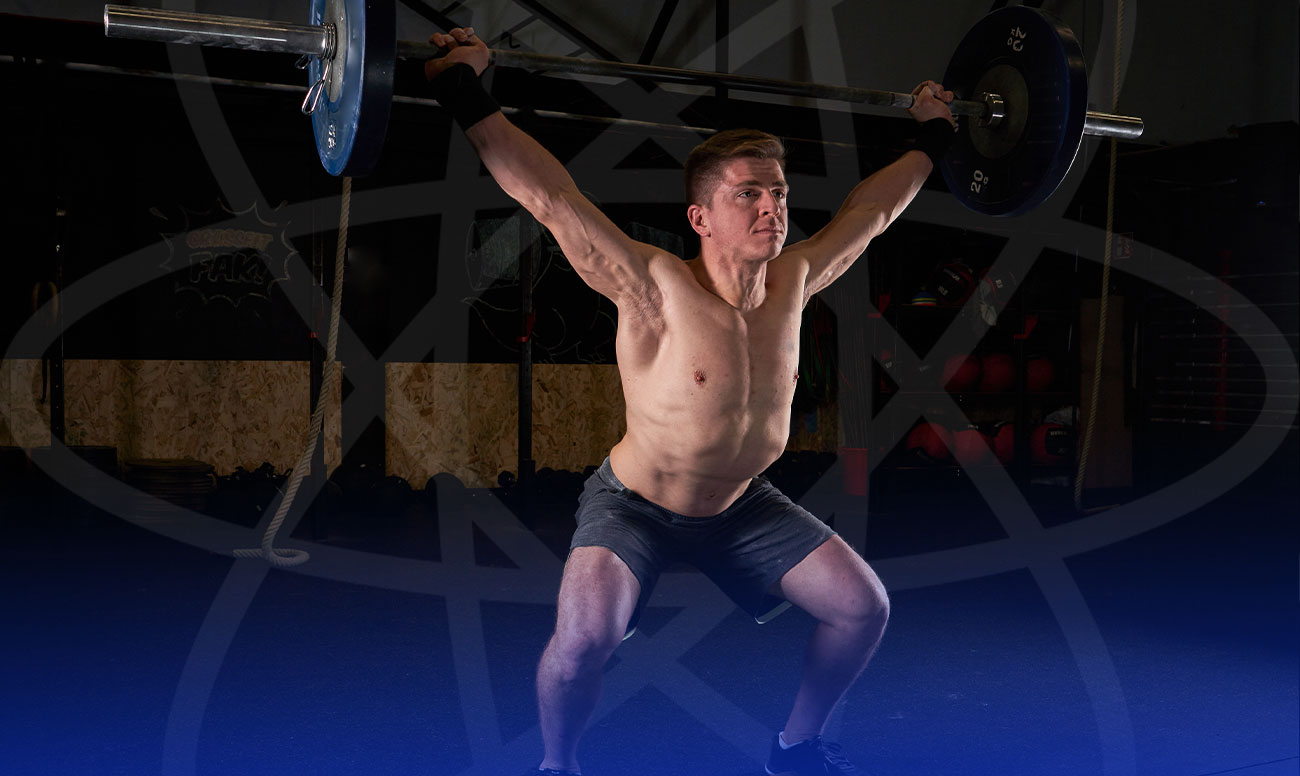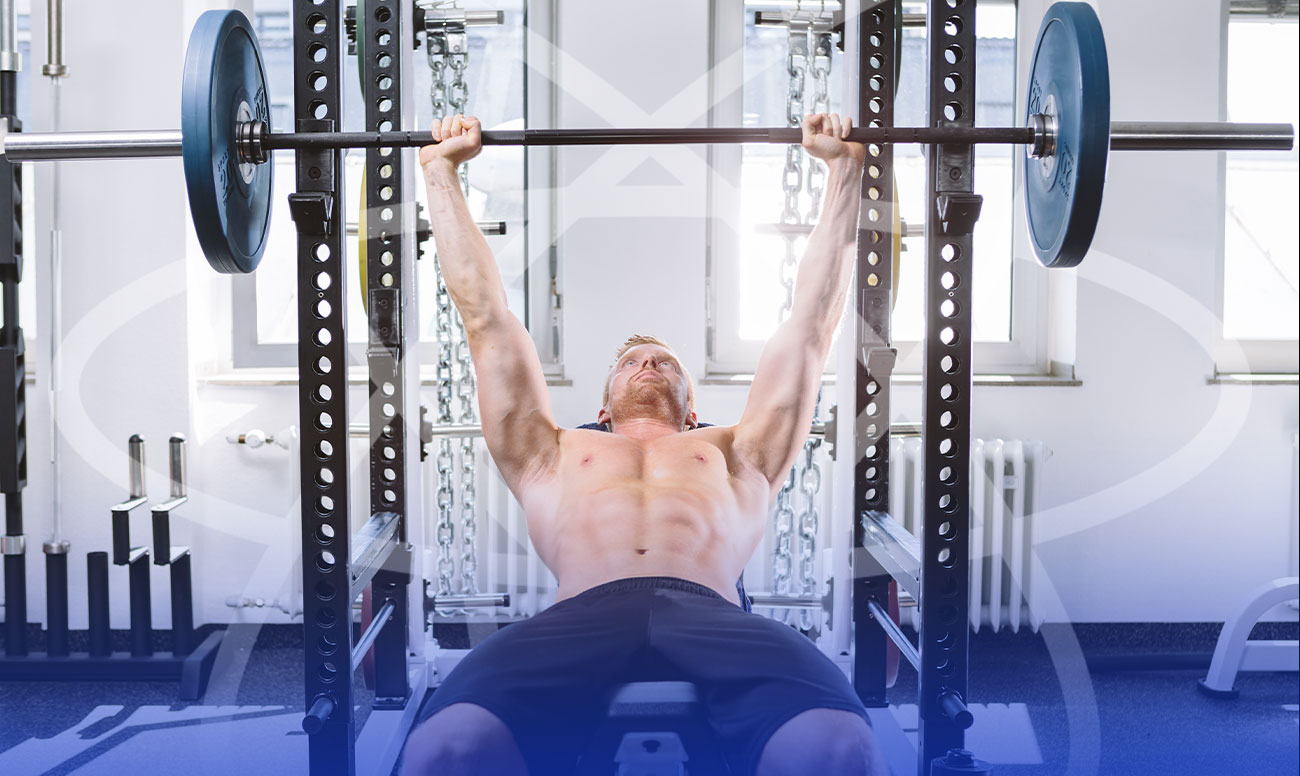
Functional strength training
The concept of functional training has received much attention in recent years. Functional training and core, although related, are sometimes confused.
By definition “functional training” means training for a purpose. In other words, it must have a positive effect on the activity or sport being practiced. Functional training adopts a multi-faceted and integrated approach to improve the strength and total conditioning of those who use it.
Functional training should integrate all aspects of human movement. Since life, like sport, is a chaotic and unpredictable event, our training should reflect this reality to some extent.
As a general rule, functional training de-emphasizes mono-articular movements as opposed to the load-guided machines we find in gyms, which come to work isolated muscle groups in a strict manner, limiting three-dimensional ranges of motion.
Today, global movement over functional training tends to emphasize training with TRX bands, balance boards, dumbbells, kettlebells, medicine balls, training balls, elastics, Bosu, sandbags and body weight exercises.

Unstable surfaces and performance
The question and the controversy is whether we should train on unstable surfaces or not, and if they really improve sports performance. To begin with, we can only comment that if these methods help to prevent injuries, it can already be considered an improvement in performance.
When we introduce a new variable in training, for example, the instability disc, two things happen: first, we do not spend the necessary time to learn how to use and manage this new situation. Second, we tend to distort the original movement necessary and real for the competition by the mere fact of wanting to use a device that is not suitable for that purpose. These two factors will lead to a worsening of the training.
Unstable surfaces and equipment
Strength gains can also be reduced by training on unstable surfaces. If one wants to get stronger one must load the muscle with enough resistance to recruit enough muscle fibers. When we strength train on unstable surfaces, we use less load, which leads to reduced mechanical strength work, overload and muscle fiber recruitment needed to acquire the desired strength gains.
In addition, muscle adaptations are also specific to the load and speed used. Since unstable work typically requires less weight and speed, you may be moving away from the target movement in your actual competition with unstable training.
Balance and stability training are often neglected but remain essential elements in the training program of most sports. The art lies in recognizing when it is necessary and appropriate to apply. Don’t be afraid to use unstable training equipment as an additional option in your toolbox.
Finally, a proper understanding of how to design a training program, the science of exercise and the needs, conditions and mindset of the client/athlete will have the greatest “functional” effect on performance.







